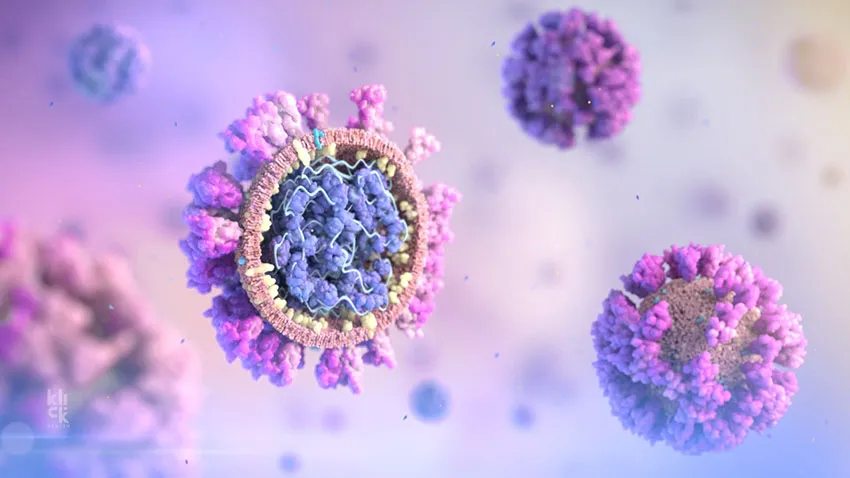
One of the Nobel laureates responsible for discovering HIV has turned heads with a recent claim that the novel coronavirus was created by scientists, possibly in the process of seeking an AIDS vaccine.
While support for Luc Montagnier's view is almost nonexistent in the scientific community, its existence underscores how little the world knows about the pathogen behind the global pandemic.
The French virologist's assertion added to the charged debate over the origin of the virus, with U.S. officials suggesting that it had escaped from a laboratory in Wuhan, the Chinese city where the first cases appeared.
The paper purports to show that within a narrow section of the genome of the new coronavirus, six fragments of genetic information from HIV were found. The presence of HIV-related elements in such a small fraction -- less than 1% -- of SARS-CoV-2, the virus that causes COVID-19, suggests that these could not have been inserted naturally, Perez and Montagnier argue. The virus must have been artificially engineered, they say.
Leading French newspapers and magazines, including Le Monde and Le Figaro, reported Montagnier's comments. But other scientists are skeptical. Unlike the strict screening put in place for prestigious academic journals, Perez's paper was published on a site that does not require prior peer review.
Researchers from France's Institut Pasteur and the National Center for Scientific Research have rejected the view that the virus is man-made, arguing that exchanging of information among viruses occurs frequently in nature.
The skepticism is not confined to France.
The virus that causes COVID-19 "has mutated at irregular intervals," said Jiro Yasuda, a professor specializing in emerging viral diseases at Nagasaki University in Japan, who has examined the genome of SARS-CoV-2. "The idea that it's been artificially modified is hard to believe."
A group of scientists at institutions including U.S.-based Scripps Research published an article in the respected journal Nature last month outlining evidence that the virus is "not the product of purposeful manipulation."
The spike proteins on the surface of the virus are not optimally configured to bind to receptors on human cells, suggesting that it is the result of natural selection rather than artificial engineering, the paper found. The researchers also state that the overall molecular structure of SARS-CoV-2 is very different from those of other known coronaviruses, whereas a human-developed virus would probably have been developed from preexisting structures.
The paper puts forward two main possibilities to explain the pathogen's origin: It evolved to become more infectious either in animal hosts such as bats, or after human-to-human transmission began. The former scenario is worse from a containment perspective, since it suggests the virus could still be circulating in animals and potentially jump back to humans after the current pandemic ends.
The paper acknowledges the theoretical possibility that the virus mutated in cell culture in a laboratory before being accidentally released, but dismisses this scenario as implausible.
Working out how the pandemic began will be important for planning future defenses and treatment strategies. But it is all but impossible at this stage to determine the answer, the paper says.
While samples of the virus have been collected and its genome sequenced around the world, the earliest cases in China remain crucial to tracing its path to human transmission as well as predicting how it might evolve.
Researchers have relied heavily on the SARS-CoV-2 genome first released by Chinese researchers in January. China was lauded for offering data much faster than in the severe acute respiratory syndrome, or SARS, outbreak of 2002 and 2003.
Widespread use of inexpensive and fast sequencing equipment, along with technology enabling scientists to study protein structures, have sped along research into the coronavirus. Development of vaccines and treatments began almost as soon as the Chinese data became available, and a number of candidates have already emerged.
The number of papers on the novel coronavirus has skyrocketed since it first surfaced, with roughly 6,000 appearing in the PubMed search engine. In many cases, papers have been exempted from the strict peer review processes required under normal circumstances
But sharing of information among scientists is ultimately built on trust. Should China or any other country prove to be hiding genome data, the foundations of much of the research done on the virus could be shaken.




















